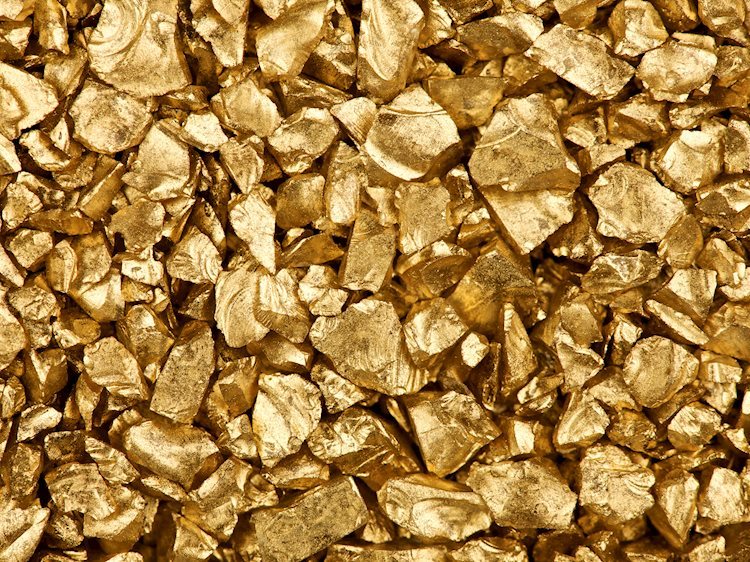Gold prices in India experienced a slight decrease on Friday, with the price for Gold falling to 7,313.17 Indian Rupees (INR) per gram compared to the previous day’s price of INR 7,336.01. Additionally, the price for Gold per tola also saw a decrease from INR 85,565.77 to INR 85,299.38. FXStreet calculates Gold prices in India by adapting international prices to the local currency and measurement units, with prices being updated daily based on market rates at the time of publication.
Gold has a significant historical and financial importance, being widely used as a store of value and medium of exchange. In addition to its use in jewelry, Gold is considered a safe-haven asset, making it a popular choice for investors during turbulent times. Central banks are major holders of Gold, using it to support their currencies and improve economic strength. In 2022, central banks added a record amount of Gold to their reserves, with emerging economies such as China, India, and Turkey rapidly increasing their Gold reserves.
Gold has an inverse correlation with the US Dollar and US Treasuries, both major reserve and safe-haven assets. A depreciation in the Dollar often leads to an increase in the price of Gold, allowing investors to diversify their assets during uncertain times. Geopolitical instability, fears of a recession, and fluctuations in interest rates can also impact the price of Gold. As Gold is priced in dollars, movements in the US Dollar can heavily influence the price of the precious metal. A strong Dollar typically keeps Gold prices under control, while a weaker Dollar tends to push prices higher.
Investors often turn to Gold as a hedge against inflation and depreciating currencies, as it does not rely on any specific issuer or government. Gold’s status as a yield-less asset means it tends to rise in value when interest rates are low, while higher interest rates can suppress its price. Despite its volatility, Gold remains a popular choice for investors looking to diversify their portfolios and protect their investments during times of economic uncertainty. As central banks continue to increase their Gold reserves, the precious metal’s role as a safe-haven asset is likely to remain strong.










